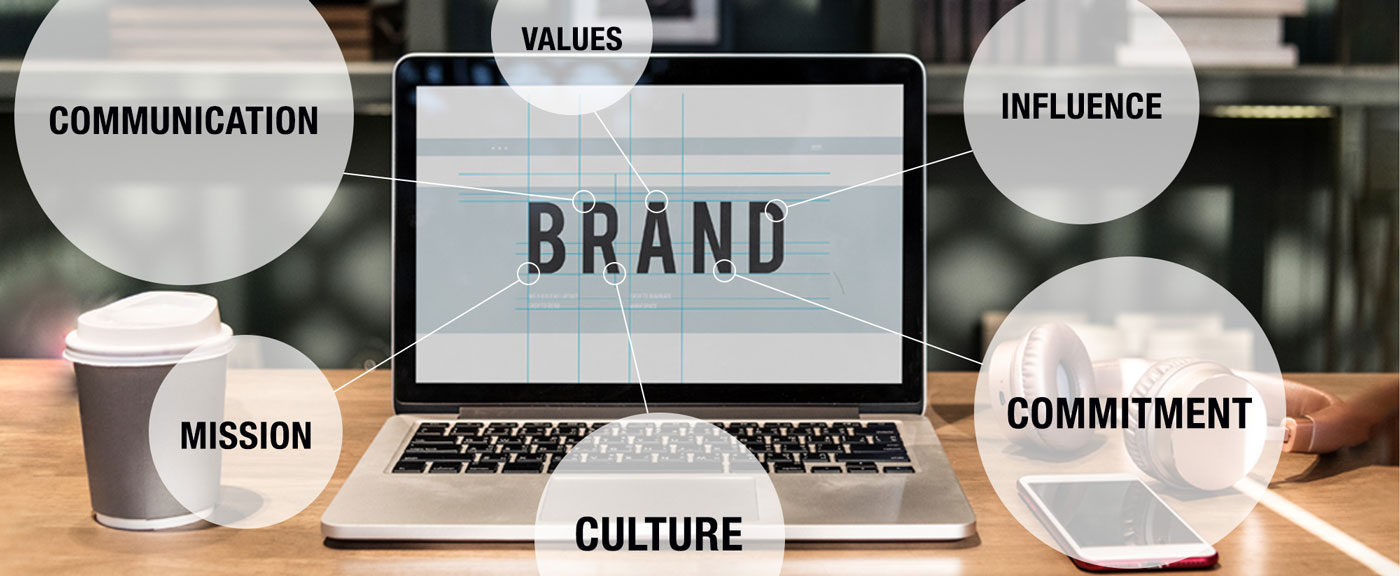As a marketing professional, you almost certainly have a brand guide for your organization lying around. It probably has your logo, and how it can be used, and your colors, and your tagline, and your values and mission statement. It probably includes tone of voice, and even words to use or not use. All of those are important — your brand is a way of expressing the essence of your organization at a glance, and those elements are part of it. For communicating with your audience, it’s essential.
For communicating with your employees? Eh. A little.
When you’re communicating with your employees, or recruiting new hires, you need to speak to them as team members, not customers. The benefits they receive (or will receive, when you’re hiring) from the company are different from the benefits they’d receive from the product. A cohesive employer brand helps you send that important message.
That’s great, but we don’t have time and money for a rebrand.
You don’t have to rebrand. Your corporate brand will be the foundation of your employer brand. After all, your organization’s mission, values and personality aren’t going to change just because your audience does. Your employer brand will be a way to express those things internally. It will help your employees understand their part in that mission and how they can embody those values. It’ll also convey how you, as an employer, will embody the values — it’s your employer brand, after all.
You will deviate from your corporate brand a little. You might change your tagline for this internal brand. You’ll change your messaging to convey the benefits of working for your organization and the commitments you make. You’ll make sure that in your recruitment efforts, you always stay true to that brand so potential employees will know what they could be a part of. And you’ll commit to always backing up that brand with your actions.
You have my attention. What’s the benefit here?
The benefit is that everyone in your organization is on the same page.
- It tells your team members what you’re promising to your customers, and how they, as employees, can deliver on that promise
- It lets them know what your expectations are, so they never have to wonder
- It even helps them answer questions — if they ever find themselves wondering what to do, they can look back to your values and use them as a guide
- As you’re hiring, it helps prospective hires understand your culture. And it lets them know what they’ll be expected to do as an employee, so you can know that everyone you hire is prepared to be a part of your team
It also lets your employees know what they can expect from you as their employer. Through your employer branding, you’re making a commitment to follow those same values in your management. When everyone plays, everyone wins.
I like that. How do we do this?
Nothing worthwhile can be done with zero effort, so you will have to do some work to make it happen. A good start is to ask your employees what they think about your current company culture. Do they feel like there’s a culture at all? Do they feel like the company lives up to its own values? Do they even know what those values are? Let them respond anonymously, so they’ll feel comfortable being honest. Then actually pay attention to their responses — they’ll tell you your next steps.
Define your values. Sure, you already have values and a mission statement from the corporate brand. But how does that apply to you and your employees? This part is like any other branding project — you’re distilling what you believe, how you put that into action and why it matters. Define the brand promise that will guide you and everyone who works for you.
Convey that brand to your employees. They might not even know you have values, or that your values apply to them as employees. Present your new brand — have an actual internal brand launch, if you want to — as something that will help them understand. Even provide specific examples of actions they can take to live your values. And let them know how this brand benefits them.
Establish an office culture. Create a working environment for your employees that reinforces your brand. Look at everything — the way you schedule meetings, the way you handle PTO, the way employees are expected to act during the day. You never want an employee to come up to you and say, “You say we believe in [value], but then you go and [action that definitely doesn’t conform to that value].”
Communicate. Keep your brand in mind as you communicate with your employees moving forward. Whether you’re crafting a mass email or concepting ideas for an internal campaign, remember the values you’re supporting. Check in with your employees periodically to make sure they’re content and you’re still on the right track. Check in with yourself periodically for that same reason.
That sounds like a lot of work.
Some of it depends on the responses to your employee survey. Your shiny, new employment branding might take some work in the beginning, if you’re essentially starting from scratch. But it’s worth it. You’ll have employees who are more productive, because they know what they’re supposed to be doing. You’ll have a more efficient office, because everyone will be working toward the same goal. You’ll have new recruits who fit right in, because they understood the office culture before they even signed on. And you’ll have employees who trust you, because they know you’re committed to the same values they are.
OK, I’m in.
Congratulations! Put a little time into it, stay committed to it and enjoy the results. Someday, you’ll see one of your employees out in the wild wearing your company t-shirt on their day off, and your heart will swell with pride. Enjoy your new brand.



